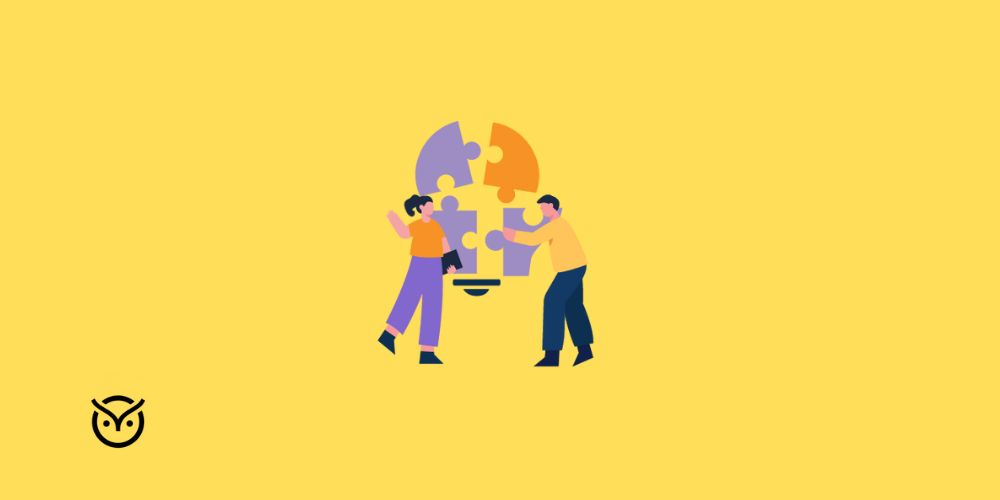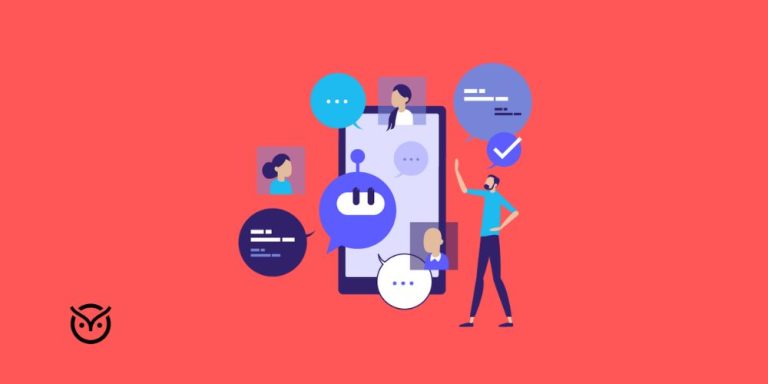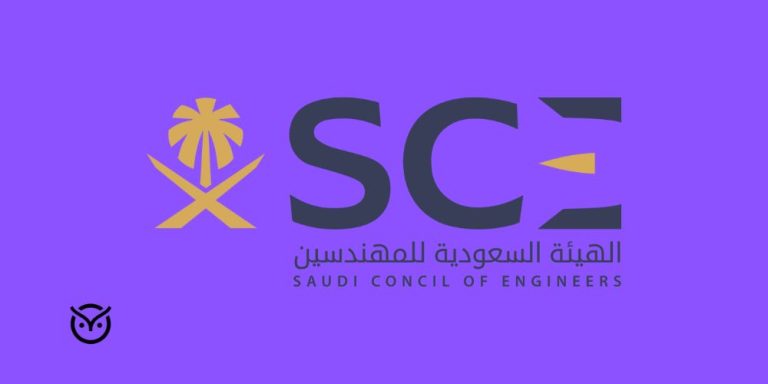AI Screening for Culture Fit in Recruitment

TL;DR
- Culture misfits cost companies time and money.
- AI screening for culture fit in recruitment helps find people who truly belong.
- Talent assessment platforms map values and behaviors, not just skills.
- AI tools flag culture misalignment early, saving hiring effort.
- Human review keeps the process fair and ethical.
A hiring manager wakes up on day one of a new hire only to realise the person doesn’t mesh with the team. This is less about lack of skill and more about misalignment of values, style, and environment. When that happens, a lot of time, energy, and money go down the drain. Enter the challenge: making sure the right candidate fits the company’s culture.
The solution many are turning to is AI screening for culture fit in recruitment. By using smart systems alongside talent assessment platforms, companies aim to move from gut-feeling decisions to data-informed ones. You’ll learn how this works, why it matters, and how to act.
What “Culture Fit” Actually Means in Modern Hiring
“Culture fit” used to mean “someone like us” with a similar background and similar ways of working. But modern hiring demands something deeper. It’s about how a person’s values, habits, and communication style align with the team, company mission, and environment. For example, a candidate who is strong in independent work might struggle in a highly collaborative open-office setup.
Research shows that when cultural fit is off, even a technically solid hire can underperform. One article reports that culture misalignment drives 89% of hiring failures. When done right, hiring for culture fit improves retention, engagement, and productivity.
How AI Platforms Validate Culture Fit Objectively
When you ask, “How do AI platforms validate candidate culture fit objectively?”, the short answer is: they translate subjective traits into measurable data points. Here’s how it works in practice.
Behavioural and communication style analysis
AI tools can scan written answers, video responses, or interaction logs to detect patterns. For example, they may identify whether someone tends toward collaborative language or hierarchical tone. This matters because it maps to your company’s environment.
Value alignment via psychometric and situational assessments
Instead of asking generic questions, modern systems ask scenario-based questions, compare outcomes with a profile of successful employees, and generate fit scores. This is one way to remove some of the guesswork inherent in “gut feeling” hiring.
Data-driven benchmarking
Platforms ingest data from high-performing employees in your organisation (or industry benchmarks) and compare new candidates on dimensions of culture alignment. This means the system can “score” how likely someone is to thrive in your specific environment: answering “how do AI platforms validate candidate culture fit objectively?” directly.
Integration into talent assessment platforms
Many modern platforms bundle multiple measures, including cognitive testing, situational judgement, and values alignment, so that the cultural fit dimension is one among several, balanced against technical competence.
For example, AI tools can match candidates on culture alignment as one dimension alongside skill.
How AI Flags Early Culture Misalignment
You also asked, “How can AI flag potential culture misalignment early in the process?”. This is a critical piece of the puzzle: catching red flags sooner rather than later. Here’s how AI screening for culture fit in recruitment helps on this front.
- Initial screening filters: Before any human talks to the candidate, the system can check responses or interactions for mismatches (for example, if a company prize is “creative self-starter” and the candidate’s pattern suggests heavy reliance on structure).
- Behavioural and engagement patterns: Some AI tools look at how candidates interact with assessments, how they answer situational questions, and even how quickly or confidently they respond. Substantial deviations may signal low alignment.
- Predictive flags tied to culture success: Since platforms have benchmark data, they can produce scores such as “culture risk” or “culture strength.” If a candidate is in the bottom percentile for culture fit, recruiters can choose to dig deeper or redirect resources elsewhere.
- Early warning for team-fit issues: For example, if the communication style is too formal for a flat organisation, or if past roles suggest low adaptability for a fast-moving company, the tool highlights it so the recruiter can probe further.
By using these mechanisms, organisations address misalignment long before the costly moment of a hire who doesn’t fit. And because this happens early, time and money are saved. For reference, one study shows that failure due to culture fit remains one of the largest drivers of hiring mistakes.
AI’s Role in Predicting Cultural Success
AI’s biggest promise lies not just in spotting who fits now but in forecasting who will thrive later. Modern AI screening for culture fit in recruitment uses predictive modelling to estimate how well a person might adapt and stay engaged over time.
These predictions draw on historical performance data, engagement levels, and retention patterns. For example, IBM’s workforce analytics once found that predictive AI models could identify employees likely to quit with up to 95% accuracy. That same principle powers culture success forecasting. If a new candidate’s behavioral markers align with those of long-term top performers, the AI can flag them as an intense match for both skill and spirit.
Current talent assessment platforms use a mix of personality insights, emotional tone analysis and AI-assisted cognitive testing to understand how well someone might adapt, stay motivated, and align with company values. The goal isn’t to replace human instinct but to refine it. This helps recruiters focus on people who not only fit the job requirements but also blend smoothly into the team, lowering turnover and workplace tension.
Ensuring Culture Fit Assessment Stays Ethical
The rise of AI in recruitment has sparked valid concerns about fairness. Cultural fit, by nature, can border on bias if misused. If AI is to truly promote diversity instead of limiting it, the system behind it must be built with clear rules and strong ethical care.
Responsible tools anonymize demographic details before analysis, focusing purely on behavior, motivation, and communication patterns rather than names or backgrounds. Some platforms also provide explainability reports that show which data points influenced a candidate’s culture score.
Ethical compliance goes hand in hand with performance. The idea is to create a level field where culture fit means value alignment, not “fitting in” based on similarity.
Recruiters must still rely on structured cultural fit interview questions to confirm what AI predicts. Technology gives structure, and people add understanding. Together, they keep the hiring process precise, fair, and genuinely human.
Conclusion
Culture fit is not about comfort zones because it’s about connection. With AI screening for culture fit in recruitment, companies can hire smarter, faster, and fairer. The right mix of machine learning insights and human judgment leads to teams that collaborate better and stay longer.
When recruiters use AI responsibly, they don’t replace people, they amplify them. Ethical, transparent AI enables organizations to predict cultural success without losing sight of the human factor.
FAQs
Not entirely. While AI can reduce bias by ignoring gender or ethnicity, it can still reflect biases present in the data it’s trained on. Regular audits and diverse datasets help maintain fairness.
AI analyzes tone, language, communication style, values alignment, and behavioral markers in assessments or interviews. These signals are compared with traits of high-performing employees to estimate cultural compatibility.
No. AI narrows the field; humans make the final call. Recruiters use AI insights as an aid, not a verdict, ensuring personal evaluation still defines the final decision.
It can identify candidates likely to succeed by matching their patterns with those of thriving employees, but long-term success still depends on leadership, environment, and growth opportunities.






